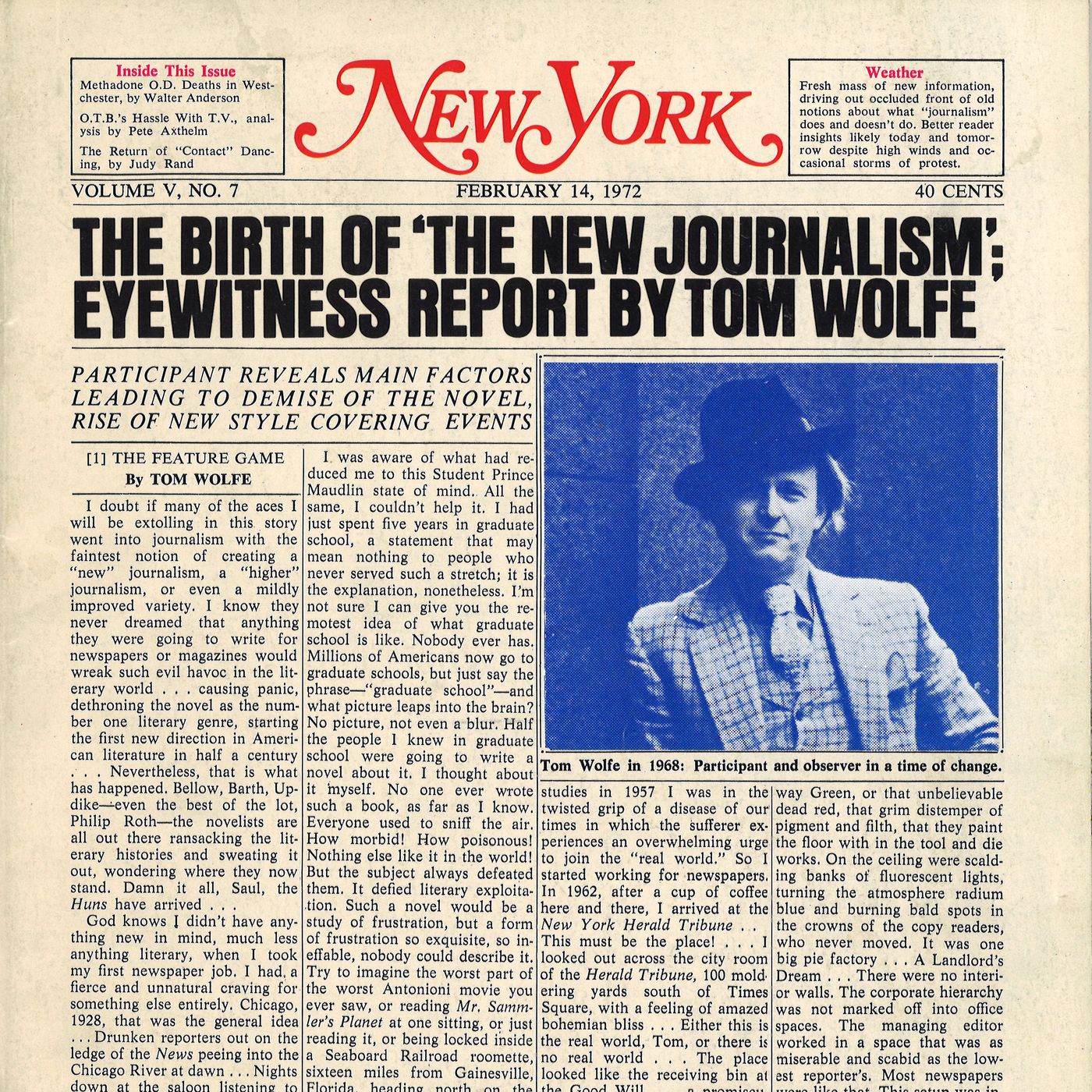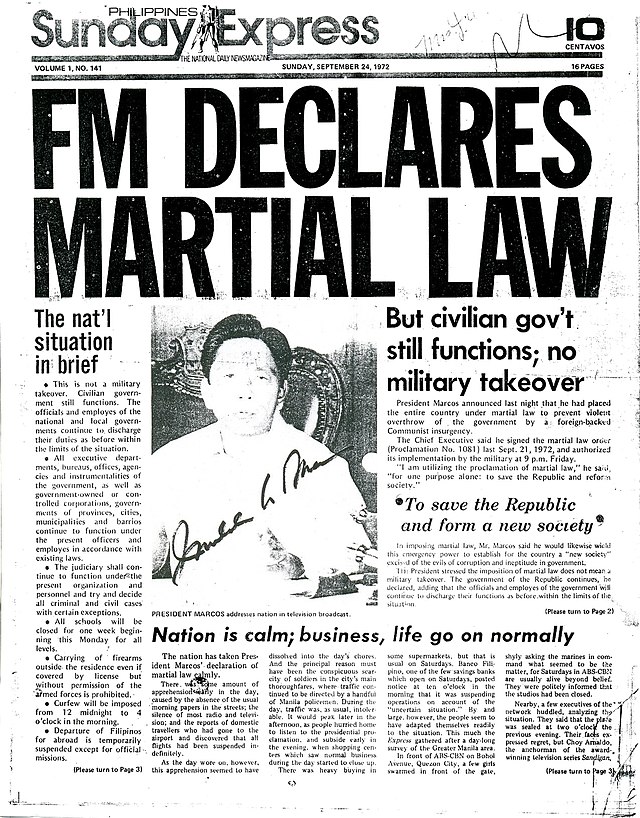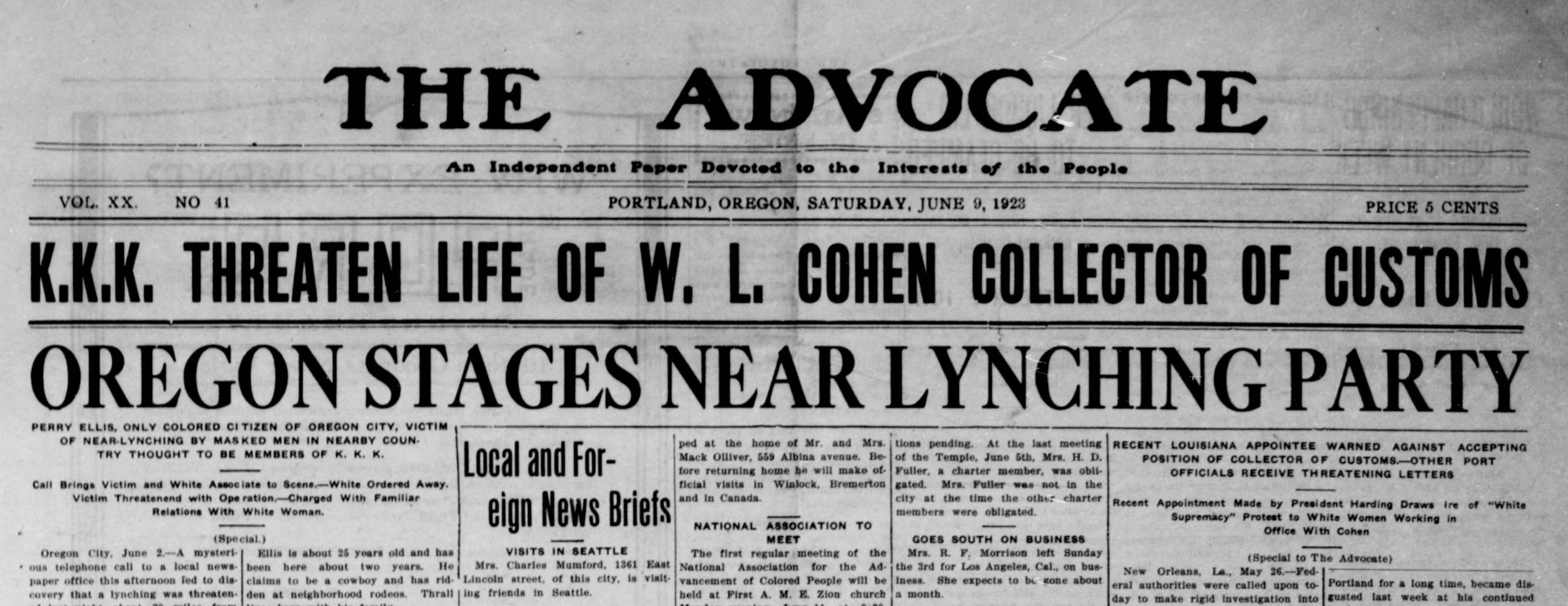The Buzz on News Articles
The Buzz on News Articles
Blog Article
Some Known Details About News Articles
Table of ContentsThe 8-Second Trick For News ArticlesThe 3-Minute Rule for News ArticlesNot known Factual Statements About News Articles How News Articles can Save You Time, Stress, and Money.See This Report about News Articles
Good understanding of different topics gives pupils an one-upmanship over their peers. Even though digital and social networks are readily accessible, we need to not fail to remember how essential it is to read the papers. Moms and dads have to try and inculcate the habit of reviewing a newspaper as a day-to-day regimen to continue the tradition of the adored print tool.News tales also consist of at least one of the adhering to essential qualities relative to the desired target market: closeness, prestige, timeliness, human passion, anomaly, or effect.
Within these restrictions, information tales also aim to be detailed. Among the larger and more highly regarded papers, justness and equilibrium is a major element in presenting details.
Papers with a global target market, as an example, tend to make use of an extra formal style of writing. The specific selections made by an information electrical outlet's editor or editorial board are frequently gathered in a style guide; usual design overviews include the and the US Information Design Book. The main goals of news writing can be summed up by the ABCs of journalism: precision, brevity, and clarity.
The Basic Principles Of News Articles
As a policy, reporters will certainly not use a lengthy word when a brief one will do. News authors attempt to avoid utilizing the same word more than as soon as in a paragraph (in some cases called an "resemble" or "word mirror").
Headings sometimes leave out the subject (e.g., "Leaps From Boat, Catches in Wheel") or verb (e.g., "Pet cat female fortunate"). A subhead (likewise subhed, sub-headline, subheading, subtitle, deck or dek) can be either a secondary title under the primary headline, or the heading of a subsection of the article. It is a heading that precedes the main message, or a group of paragraphs of the main message.

Added signboards of any of these types may appear later in the write-up (particularly on succeeding pages) to tempt more analysis. Such billboards are additionally made use of as tips to the short article in other areas of the magazine or website, or as promotions for the piece in other magazine or websites. Common structure with title, lead paragraph (summary in vibrant), other paragraphs (details) and contact info.

Instance of a hard-lead paragraph NASA is recommending one more room project. The agency's spending plan request, revealed today, included a strategy to send out an additional mission to the Moon. This moment the company wants to establish a long-lasting center as a jumping-off factor for various other area experiences. The budget requests about $10 billion for the job.
The NASA statement came as the firm asked for $10 billion of appropriations for the task. An "off-lead" is the second crucial front web page information of the day. The off-lead shows up either in the leading left corner, or straight listed below the lead on the right. To "hide the lead" is to begin the article with history information or information of additional relevance to the visitors, compeling them to learn more deeply into a post than they need to have to in order to find the necessary points.
Some Of News Articles
Common use is that or 2 sentences each form their own paragraph. Reporters typically explain the organization or framework of a newspaper article as an inverted pyramid. The vital and most interesting aspects of a story are placed at the start, with supporting details complying with in order of reducing importance.
It permits individuals to discover a topic to just the depth that their interest takes them, and without the imposition of information or subtleties that they could consider unimportant, but still making that info readily available to much more interested readers. The upside down pyramid framework likewise makes it possible for short articles to be cut to any type of arbitrary click to find out more length throughout layout, to suit the area offered.
Some authors begin their tales with the "1-2-3 lead", yet there are many sort of lead readily available. This format inevitably begins with a "Five Ws" opening paragraph (as described above), followed by an indirect quote that offers to sustain a her latest blog major aspect of the initial paragraph, and after that a direct quote to sustain the indirect quote. [] A kicker can describe multiple points: The last tale current program; a "delighted" story to finish the show.
Longer write-ups, such as publication cover posts and the items that lead the inside sections of a paper, are understood as. Feature stories differ from straight news in several means. Foremost is the lack of a straight-news lead, a lot of the moment. Rather than providing the significance of a story in advance, function authors might try to entice readers in.
News Articles Can Be Fun For Anyone
A function's initial paragraphs frequently associate an appealing moment or event, as in an "anecdotal lead". From the particulars of a person or episode, its sight rapidly broadens to abstract principles concerning next the story's topic.

The Editor's Tool kit: A Recommendation Overview for Beginners and Professionals (2001) Allan M. Siegal and William G. Connolly. The New York Times Guidebook of Style and Usage: The Official Design Guide Used by the Writers and Editors of the Globe's A lot of Reliable Newspaper (2002) M. L. Stein, Susan Paterno, and R.
Report this page